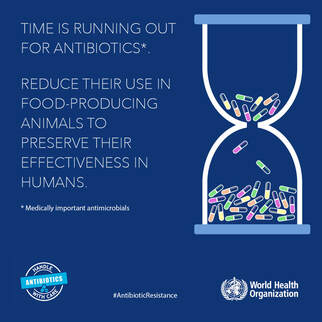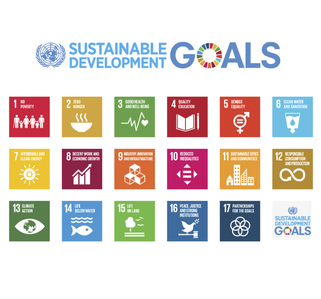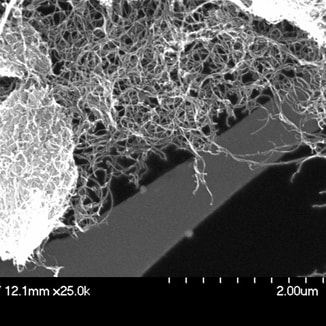Research Themes
Antibiotic resistome expansion

Antibiotic resistance is one of the biggest threats to human health worldwide. Globally, most antimicrobials are used in food animal production, a major context for microbiomes encountering subtherapeutic-levels of antimicrobials from all mechanistic classes. This practice exerts broad eco-evolutionary effects on microbial communities residing in food animals, enriching preexisting resistance genotypes and phenotypes, promoting horizontal transfer of mobile resistance determinants, and providing selective pressure for de novo mutation towards resistance.
1. Environmental factors contributing to the antibiotic resistome’s expansion.
2. The role of the environmental microbiome in antibiotic resistance development and underlying eco-evolutionary mechanisms.
3. Emergence of new antibiotic resistant pathogens at the human-agroecosystem interface.
Key publication: You Y, Silbergeld EK. Learning from agriculture: understanding low-dose antimicrobials as drivers of resistome expansion. Frontiers in Microbiology 2014, 5, 284.
1. Environmental factors contributing to the antibiotic resistome’s expansion.
2. The role of the environmental microbiome in antibiotic resistance development and underlying eco-evolutionary mechanisms.
3. Emergence of new antibiotic resistant pathogens at the human-agroecosystem interface.
Key publication: You Y, Silbergeld EK. Learning from agriculture: understanding low-dose antimicrobials as drivers of resistome expansion. Frontiers in Microbiology 2014, 5, 284.
Sustainable Food-Energy-Water nexus

With a world population of >9 billion by 2050, human society is facing multiple challenges of sustainable development, of which many lie in the Food-Water-Energy (FEW) nexus, a network where food security, energy security and water security are inextricably linked and actions in any one area often have impacts in the other areas. The environmental microbiome governs a myriad of biogeochemical reactions on the Earth. Harnessing the microbiome in natural and engineered systems could provide innovative solutions to addressing these challenges.
1. Biotechnology and microbial processes for resource recovery and reuse from waste streams.
2. Microbially mediated biogeochemical processes in the changing environment.
3. Emerging contaminants, water quality, and public health.
Key publication: Kerner, P, et al. Microbial Responses to Biochar Soil Amendment and Influential Factors: A Three-Level Meta-Analysis. Environmental Science & Technology 2023, doi:10.1021/acs.est.3c04201.
1. Biotechnology and microbial processes for resource recovery and reuse from waste streams.
2. Microbially mediated biogeochemical processes in the changing environment.
3. Emerging contaminants, water quality, and public health.
Key publication: Kerner, P, et al. Microbial Responses to Biochar Soil Amendment and Influential Factors: A Three-Level Meta-Analysis. Environmental Science & Technology 2023, doi:10.1021/acs.est.3c04201.
Microbiome and engineered nanomaterials

Increasing production and use of engineered nanomaterials and their inevitable release during the life cycle of nanomaterial-enabled products can result in accumulation and persistence of these recalcitrant materials in the environment. To date little is known about their environmental fate. The environmental microbiome harbors vast genetic and metabolic potential and is empowered with rapid evolutionary adaptability, which can be mined for bioremediation of recalcitrant contaminants, including engineered nanomaterials.
1. Effects of engineered nanomaterials on the structure and function of microbial communities residing in the natural and built environments.
2. Biotransformation of engineered nanomaterials by the environmental microbiome and underlying molecular mechanisms.
Key publication: You Y, et al. Emerging investigator series: differential effects of carbon nanotubes and graphene on the tomato rhizosphere microbiome. Environmental Science: Nano 2023, 10, 1570-1584.
1. Effects of engineered nanomaterials on the structure and function of microbial communities residing in the natural and built environments.
2. Biotransformation of engineered nanomaterials by the environmental microbiome and underlying molecular mechanisms.
Key publication: You Y, et al. Emerging investigator series: differential effects of carbon nanotubes and graphene on the tomato rhizosphere microbiome. Environmental Science: Nano 2023, 10, 1570-1584.
